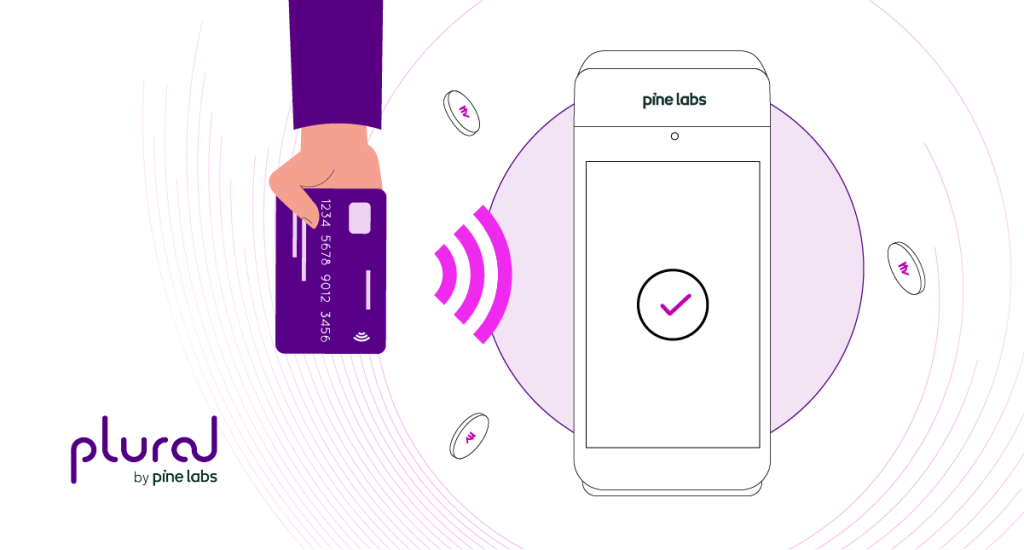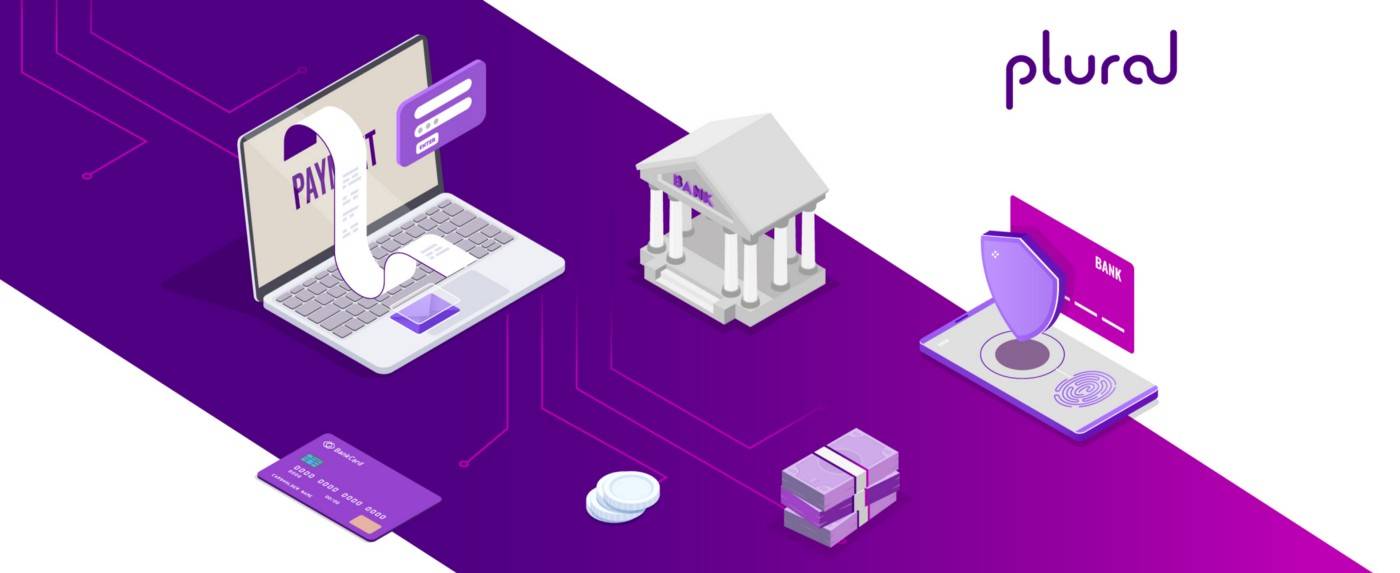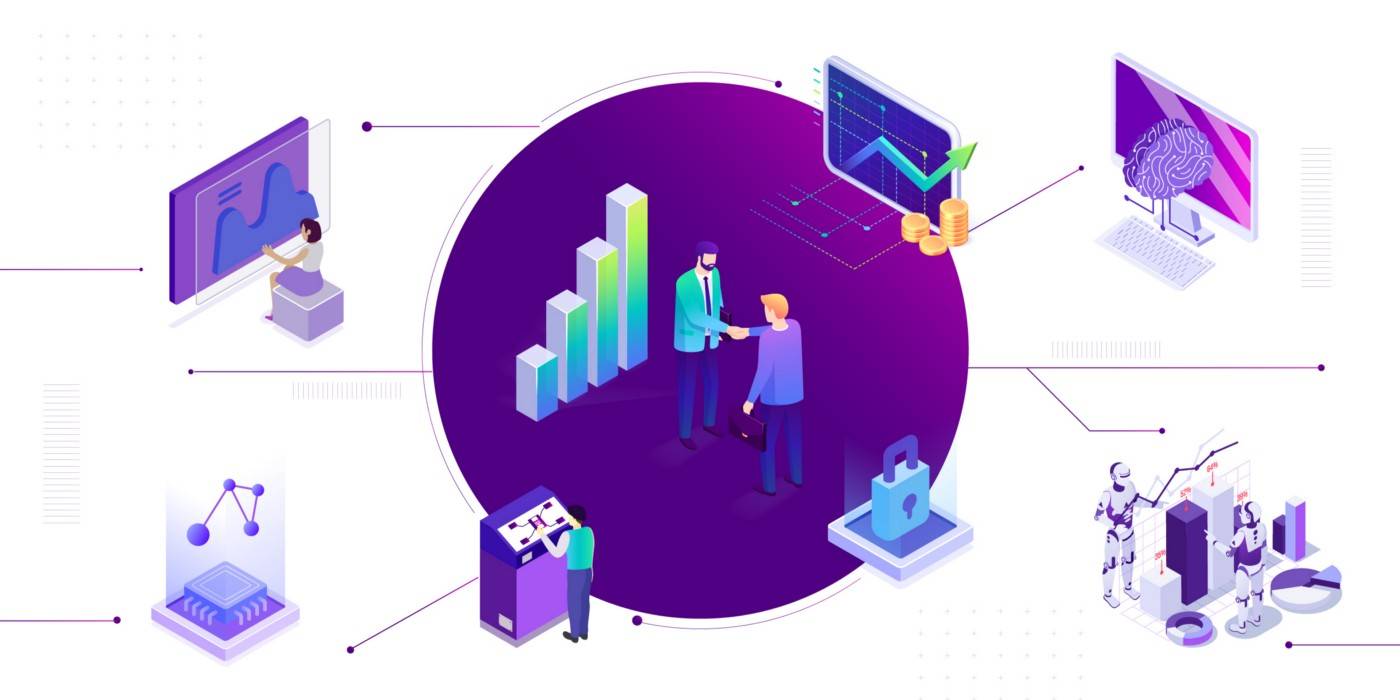Imagine a world where transactions are as easy as a tap. Enter NFC- a revolutionary way of making easy and secure payments!
Near Field Communication, or NFC, is a technology facilitating wireless communication between mobile devices and payment terminals for making contactless payments. NFC payments are fast, efficient, and incredibly user-friendly. Not to mention, they’re more secure than traditional methods.
No wonder the technology is rising in popularity. A 2022 ABI research study across nine countries found that 85% of consumer respondents had used an NFC contactless card or mobile payment wallet. They also discovered an increase in contactless card payment usage by 30% over the last 24 months.
In this blog, we will understand NFC technology in detail and discover its advantages in payments.
Understanding NFC technology
NFC operates on radio frequency identification (or RFID)- a technology that allows data exchange between devices via electromagnetic fields. To make it happen, NFC-enabled devices (like smartphones, cards, or wearable devices) have a tiny chip that contains the necessary information for secure data exchange.
When you want to make a payment, simply bring your device close to an NFC-compatible payment terminal. Your device connects with the payment terminal and securely transmits payment information, including card or wallet details.
Once you authorize the transaction (via a PIN or biometric authentication), the system processes the payment and generates the receipt. The entire process happens just in a few seconds, making contactless payments extremely fast and convenient.
But how secure are NFC payments?
Despite the popular belief that traditional payment methods are safer, NFC payments are just as secure and even more difficult for fraudsters to intercept. They have many advanced security features that make them a reliable payment option.
Some advanced security features of NFC include:
Tokenization
Instead of transmitting your actual card number during a transaction, NFC payments generate a unique, encrypted, one-time-use token. This token cannot be reused for other transactions, ensuring your sensitive data remains protected.
Secure element technology
NFC-enabled devices store information in an isolated secure component called the Secure Element (SE). This SE shields sensitive data from unauthorized access, even if the device is compromised. It provides an additional layer of protection for your payment data.
User authentication
Many NFC payment platforms require users to authenticate themselves (using PIN, fingerprint scanner, or facial recognition) before completing a payment. This ensures that only authorized users can initiate transactions.
Short-range communication
NFC technology operates within a short range, typically 4 centimeters or less. Since the communication range is limited, malicious parties must be close to the devices to intercept the communication, making it difficult for them to access sensitive information.
Advantages of NFC technology in payments
As mentioned above, NFC offers various benefits to both businesses and consumers. Here are some of its major advantages:
Convenience and ease of use
NFC payments take convenience to the next level. With just a quick tap, and the transaction is complete – no fumbling with cards or counting change. Whether you’re shopping or booking a train, NFC makes the process smoother than ever.
The best part is that you can leave your cards or cash behind and embrace a digital lifestyle.
Enhanced security
NFC payments come with robust security measures that protect your data. Most NFC transactions require your fingerprint, face ID, or a passcode, adding an extra layer of security.
Besides, its close-range communication makes it nearly impossible for data thieves to strike. You can even remotely track or turn off your device for added security.
Wide acceptance and versatility
With many payment terminals supporting NFC, this payment method has become widely accessible today. It is compatible with many devices, from cards to mobile wallets.
Moreover, NFC’s integration into public transport and access control system has made life easy for many commuters.
Improved customer experience
Happy customers are the key to success! With NFC, satisfaction levels soar, leading to stronger customer loyalty. Further, it integrates smoothly with mobile apps and rewards, making loyalty programs and rewards just a tap away.
Cost-effectiveness and efficiency
For businesses, NFC brings cost-saving with lower processing fees. Adopting NFC payments also reduces cash handling, freeing up valuable time for other tasks.
Further, the technology helps businesses track inventory and sales more efficiently, thereby boosting their productivity.
Environmental benefits
NFC isn’t just tech-savvy; it’s eco-friendly too. Thanks to it, businesses can decrease reliance on paper receipts and promote digital sustainability.
Eco-conscious consumers love green initiatives, and NFC’s digital approach perfectly aligns with their initiative.
Addressing concerns and misconceptions regarding NFC payments
Despite the numerous advantages of NFC payments, consumers have some legitimate concerns regarding its use. However, modern technology has effectively addressed these issues.
Let’s explore some of these concerns and how they are being addressed:
Limited acceptance
One of the main concerns for consumers is the limited acceptance of contactless payments among retailers, especially independent ones.
However, there has been a positive trend of increased acceptance in recent years, with more businesses adopting the technology.
Low transaction limit
The imposed transaction limit on contactless payments, such as the INR 5000 cap in India, can hinder larger purchases.
However, this measure is in place to protect against fraud, and entering a PIN for higher-value transactions ensures added security.
Technical limitations
Mobile contactless payments require an NFC-compliant smartphone. However, as smartphone technology advances, the availability of NFC-enabled devices is becoming more widespread.
Limited international availability
Some mobile wallets used for contactless payments may not be accepted in foreign countries, and additional foreign transaction fees may apply.
Security concerns
One common concern is the fear of fraudulent purchases in case of a lost or stolen contactless card since certain transactions do not require PIN authorization. However, issuing banks typically offer a fraud guarantee, provided the user exercises caution and promptly reports the incident.
The future of NFC in payments
With its convenience, speed, and enhanced security features, NFC payments will likely become the preferred choice for consumers and businesses soon. The following statistics prove the promising future of NFC in payments:
- The global market size of NFC technology is expected to reach USD 34.9 billion by 2025, growing 14.2% from 2020.
- About 94% of all smartphones globally are NFC-enabled.
- By 2026, 81% of all cards will be contactless. Contactless spending by consumers is also expected to double by then.
- The volume of NFC mobile payments in the USA alone is expected to rise to 3 billion by 2027 from 4.4 billion in 2022.
- By 2025, 152,200 IoT devices will be connected every minute. NFC technology will be critical in setting up and managing these devices.
Final words
Adopting NFC technology in payments offers a myriad of advantages for businesses and consumers. From quick and contactless transactions to enhanced security features, NFC is paving the way for a better payment experience.
This technology is undoubtedly a game-changer, bound to transform the digital payment landscape with its increasing acceptance. The future is contactless, and NFC is leading the way!

Amrita Konaiagari is a Marketing Manager at Plural by Pine Labs and Editor of the Plural blog. She has over 10 years of marketing experience across Media & Tech industries and holds a Master’s degree in Communication and Journalism. She has a passion for home décor and is most definitely a dog person.




